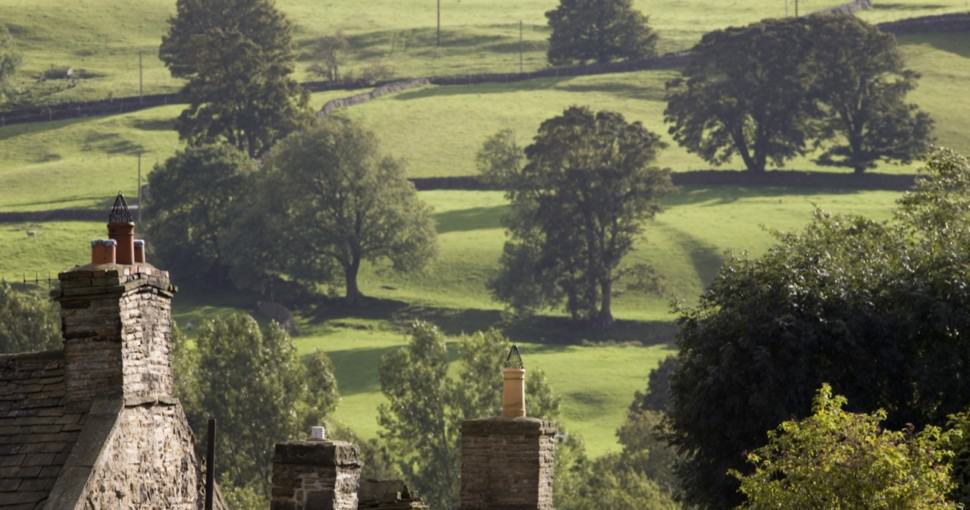The country of England is home to a large variety of trees. Due to the temperate climate, there are many trees which grow well in this region. Some of these species have been introduced, while others naturally occur within the country’s borders, which makes England an interesting place for tree enthusiasts.
Contents
- 1. Alder (alnus rubra)
- 2. Beech (fagus sylvatica)
- 3. English Oak (quercus robur)
- 4. Hawthorn (crataegus monogyna)
- 5. Hazel (corylus avellana)
- 6. Holly (ilex aquifolium)
- 7. Norway maple (acer platanoides)
- 8. Rowan (sorbus aucuparia)
- 9. Silver birch (betula pendula)
- 10. Small-Leaved Lime (tilia cordata)
- 11. Sycamore (platanus occidentalis)
- 12. London Plane Tree (platanus × acerifolia)
- 13. Yew (taxus baccata)
- 14. Glastonbury Thorn (crataegus monogyna)
- 15. Chestnut (castanea sativa)
- 16. Horse Chestnut Tree (aesculus hippocastanum)
- 17. Bald Cypress Trees (taxodium distichum)
The climate of England can be compared to that of a more northern version of California, due to the relatively warm summers. With this mild climate, many species of deciduous trees can grow in some parts of England. In fact, some species do not even need frost to fully develop their leaves and spread them out as they grow taller throughout the spring months. Autumn brings cooler weather and the trees’ leaves turn into an array of reds, yellows, oranges and more. This striking display of color is one reason that England is loved by many people around the world.
The most common trees in England can be found on private properties, both large and small. It doesn’t matter whether you live in a suburban area or in the middle of England’s countryside, there are likely to be many trees surrounding you. For those who are interested in learning more about England’s native flora, here are some of the most common trees in England.
1. Alder (alnus rubra)
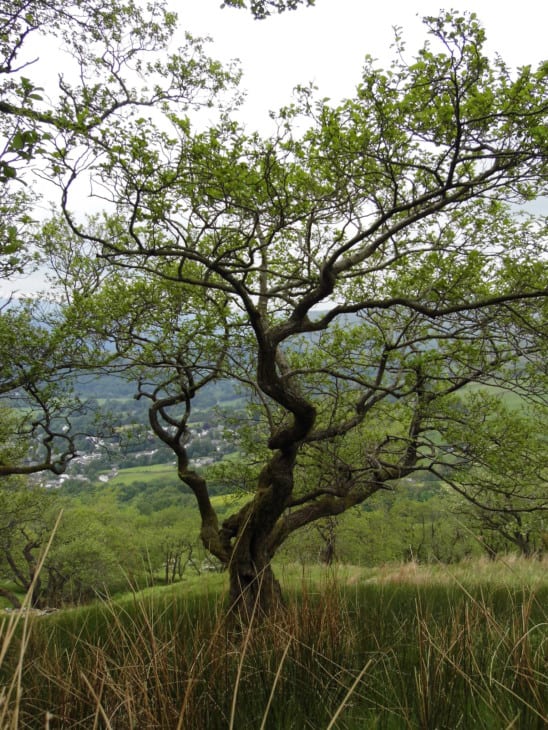
The alder tree is common to the UK. It has been recorded as being one of the most common trees in England and Wales. The species does not grow well in Scotland or Northern Ireland, however. You can find this tree near rivers and brooks throughout the country, but it doesn’t tend to be very tall – growing up to 65 feet in height.
2. Beech (fagus sylvatica)
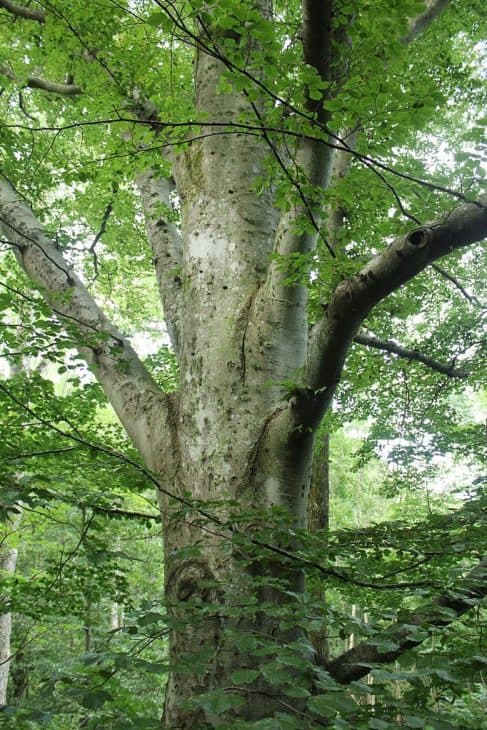
The beech tree is a native species to the UK, and it thrives in England. It can also be found in Wales as well as parts of Scotland. The tree grows up to 100 feet tall and has smooth leaves that grow between 2-4 inches long.
3. English Oak (quercus robur)
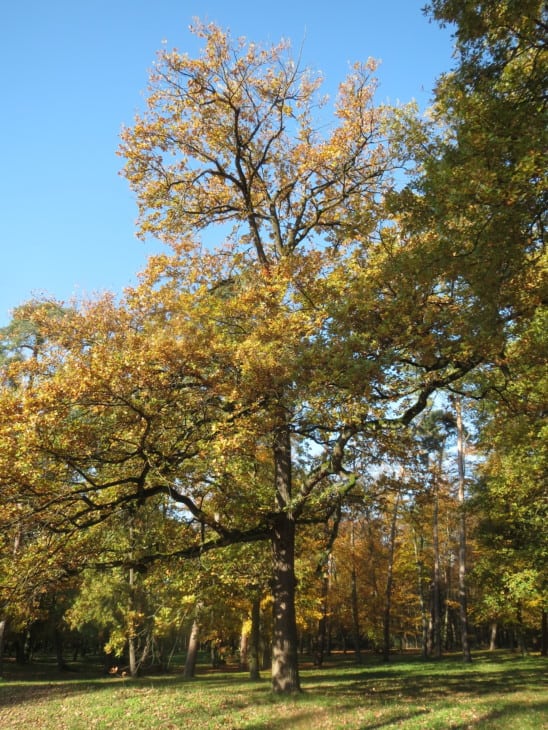
The English oak tree is a popular choice of tree throughout the UK. It can be found in various locations throughout England, and it has even been introduced to Wales. The leaves on this species are lance-shaped, as well as being mid-green colored with white underneath.
4. Hawthorn (crataegus monogyna)
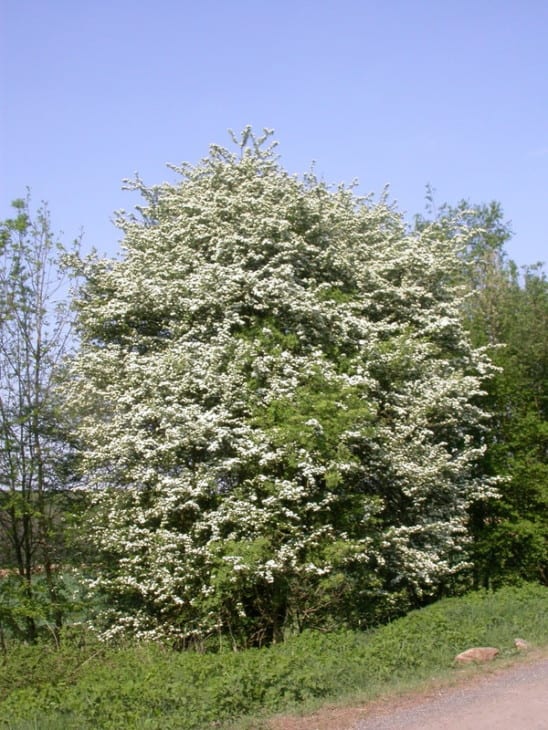
The hawthorn tree is closely related to the apple tree, and it grows quickly. It is considered to be one of England’s most common trees. If you live in an area with old hedgerows, there will likely be many hawthorn bushes along them. The leaves are bright green with white flowers that bloom during springtime (April-May).
5. Hazel (corylus avellana)
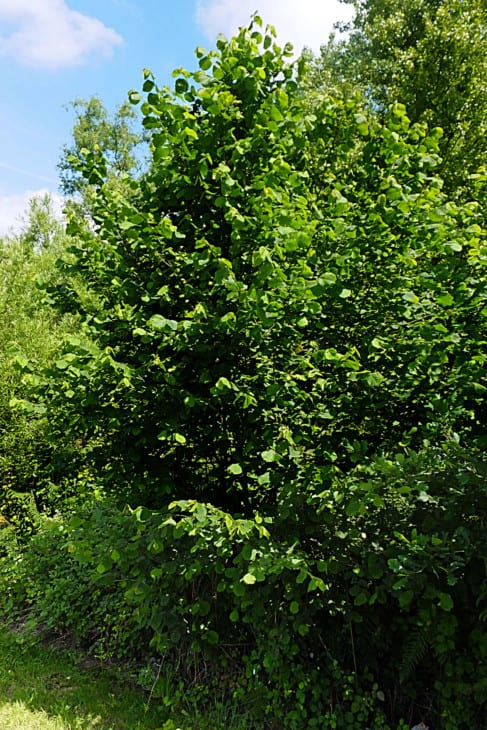
The hazel tree does well throughout the UK, especially in England. It is often used for making baskets and fish-traps, but it can also be planted as a hedge or even used to create pergolas. The leaves on this species tend to grow between 5-7 inches long; they are dark green with tinges of bronze.
6. Holly (ilex aquifolium)
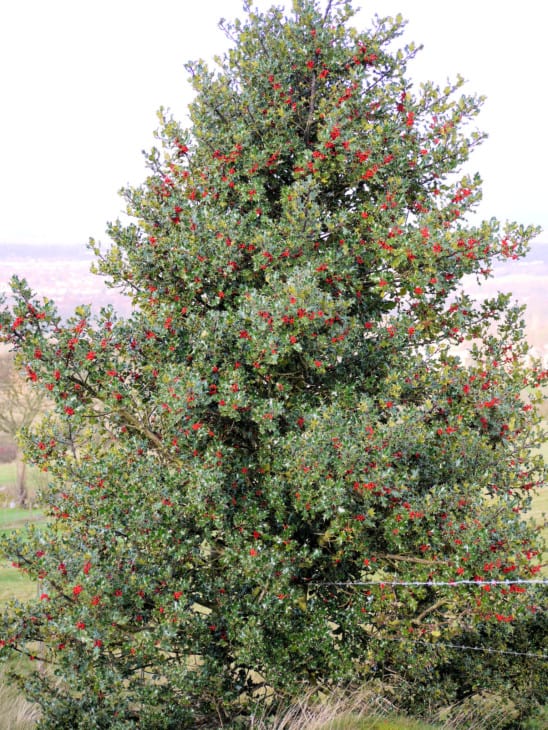
The holly tree is a common sight in England. It is one of the most recognizable trees you can find throughout the country, as well as being rather easy to identify. The leaves on this tree are green with sharp points, as well as small red berries that grow during wintertime.
7. Norway maple (acer platanoides)
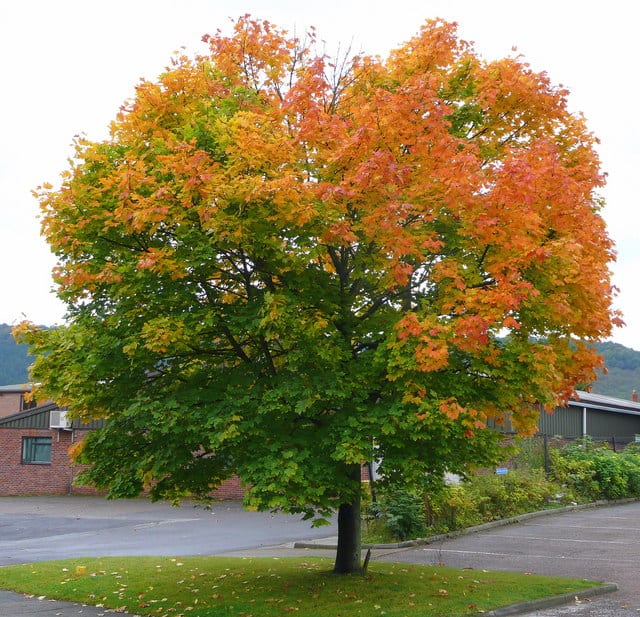
The Norway maple tree is not a native species to the UK, but it has been introduced throughout England. You can find this tree in towns and cities across the country. The leaves of this species are quite large (7-8 inches long), while the branches tend to extend outwards from the trunk.
8. Rowan (sorbus aucuparia)
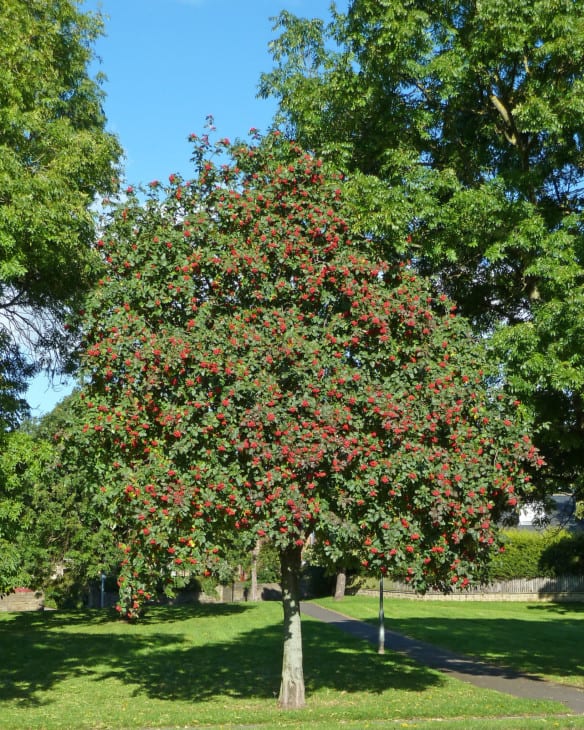
The rowan tree is a unique species that can be found in the UK. It thrives throughout England, especially along hedgerows and road-sides. The leaves on this plant tend to be small with pointed tips, while the bark tends to have a brown appearance when viewed from afar.
9. Silver birch (betula pendula)
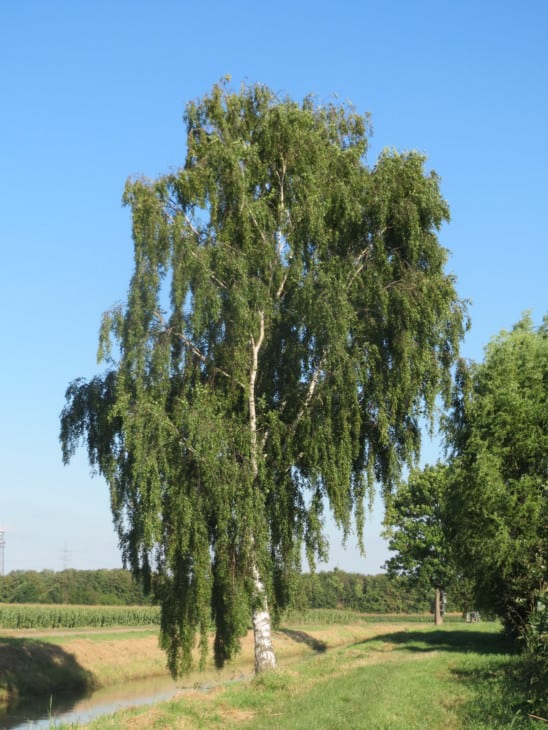
Birch trees are another common sight in England. They aren’t just found growing along the water, but throughout the country wherever there is adequate sunlight for them to thrive. The species can grow to be around 66 feet tall and will start to produce seeds when it reaches 40 years of age.
10. Small-Leaved Lime (tilia cordata)
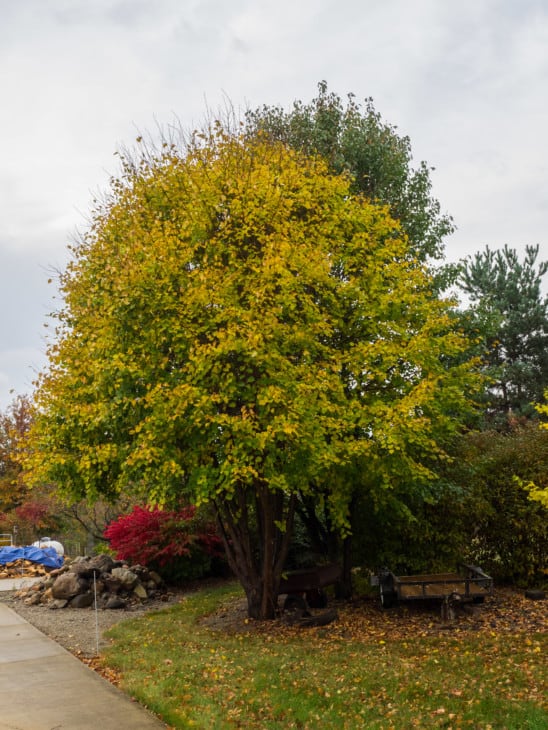
The small-leaved lime tree is a species of tree that can be found throughout England. It tends to grow in most areas of the UK, with the exception being Ireland and Scotland. This plant is typically grown for ornamental reasons, planting it near dwellings or streets, so you can enjoy its lovely flowers.
11. Sycamore (platanus occidentalis)
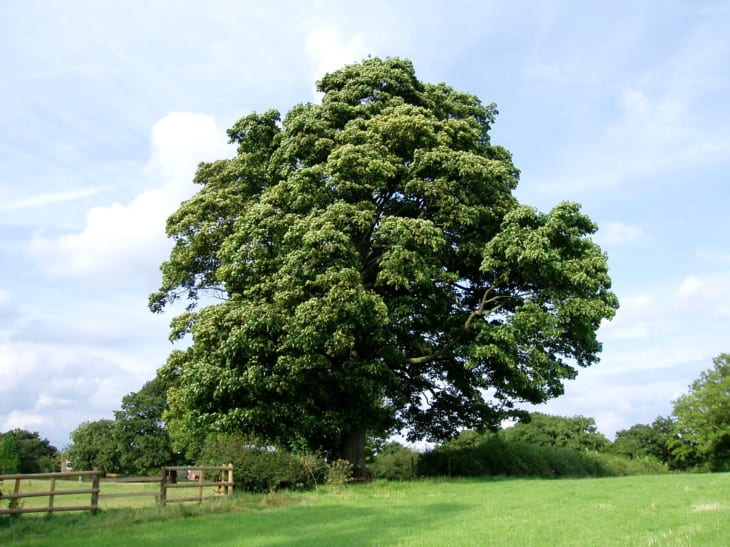
The sycamore tree is another commonly found species in the UK. They tend to thrive best in areas with moist soil, so you can find them near rivers and creeks throughout England. This species of tree is often planted as an ornamental plant throughout towns and cities; it’s easy to recognize by its smooth bark.
12. London Plane Tree (platanus × acerifolia)
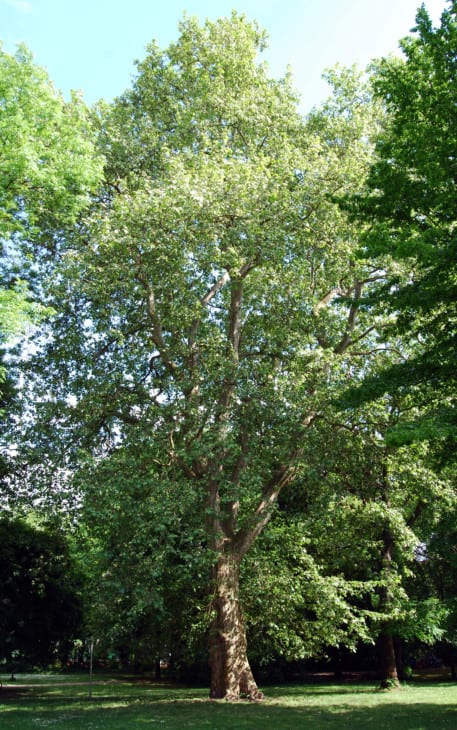
The London plane tree is another non-native species that can be found in the UK. It’s rather easy to identify, as it has smooth bark and long leaves (8 inches). These trees tend to grow between 65-100 feet tall and are often planted on main roads where there is plenty of sunlight.
13. Yew (taxus baccata)
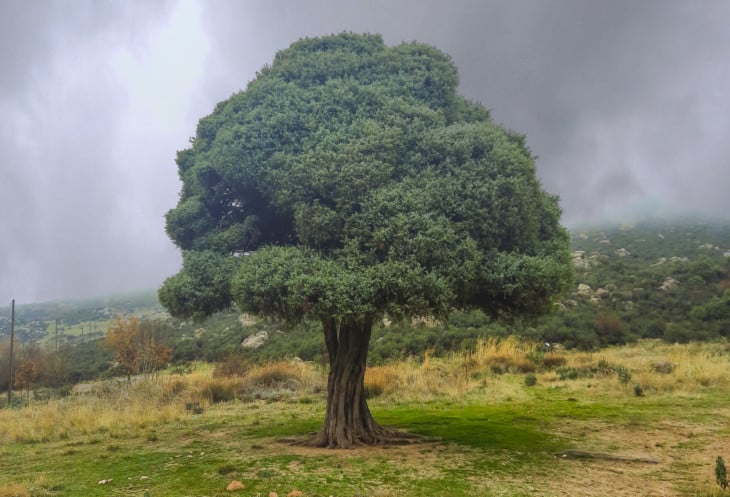
The yew is one of the most ancient trees in Britain, as well as being a native species to England. It can be found all over the country and grows slowly. In fact, some yews have been around for more than 3,000 years! The oldest living organism is a yew tree that can be found in Perthshire, Scotland.
14. Glastonbury Thorn (crataegus monogyna)
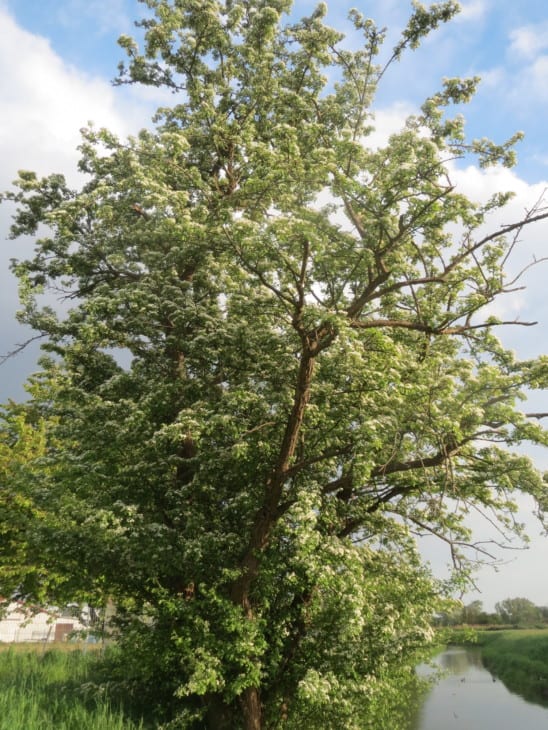
The Glastonbury thorn is a common sight in southwest England. It is often identified by its long, sharp thorns and pink flowers. If you wish to plant this tree outside your house or business, be sure that the climate will allow it to thrive (typically warmer than Scotland). This type of tree has survived harsh winters, so it can handle cold, wet weather.
15. Chestnut (castanea sativa)
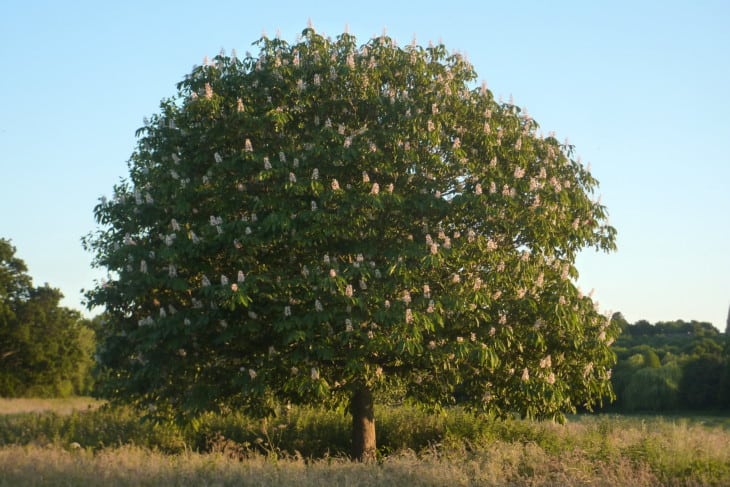
The chestnut tree is another common sight in the UK, and in England specifically. It’s a great species of tree that can be planted along streets or on public pathways to help beautify an area. The leaves on this species tend to grow between 4-7 inches and the flowers will turn into chestnuts (aka fruits).
16. Horse Chestnut Tree (aesculus hippocastanum)
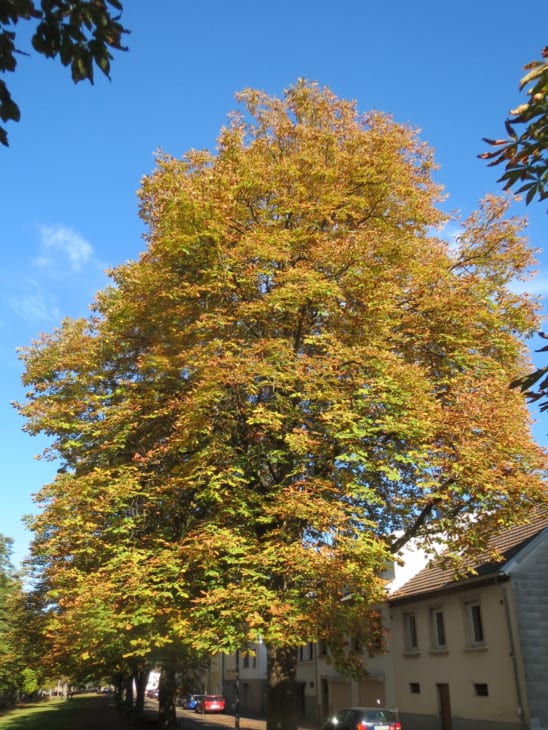
The horse chestnut tree is another great species for ornamental purposes. It will often grow to be around 70 feet tall, with the leaves falling during autumn. The seeds it produces are known as “conkers”, which are used in games by children.
17. Bald Cypress Trees (taxodium distichum)
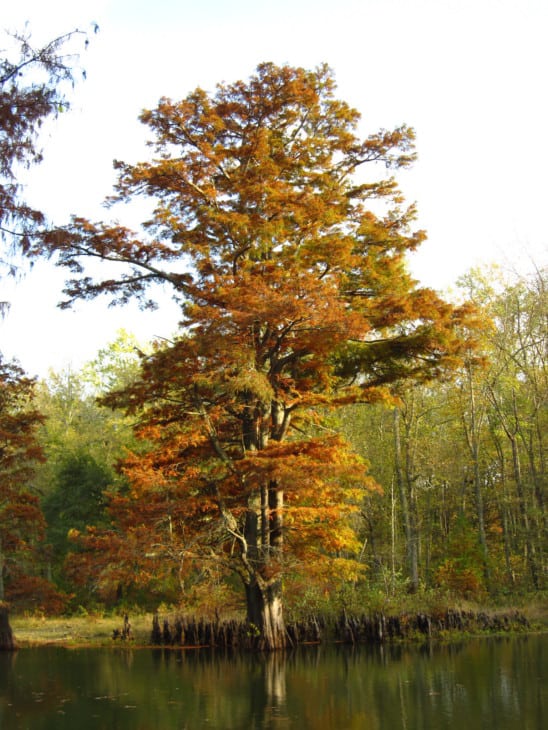
The bald cypress tree is another common species in the UK. It thrives best in areas that are damp but well-drained, so you can find it growing near rivers and ponds throughout England. This tree is often planted around houses or businesses because of its pretty flowers.

